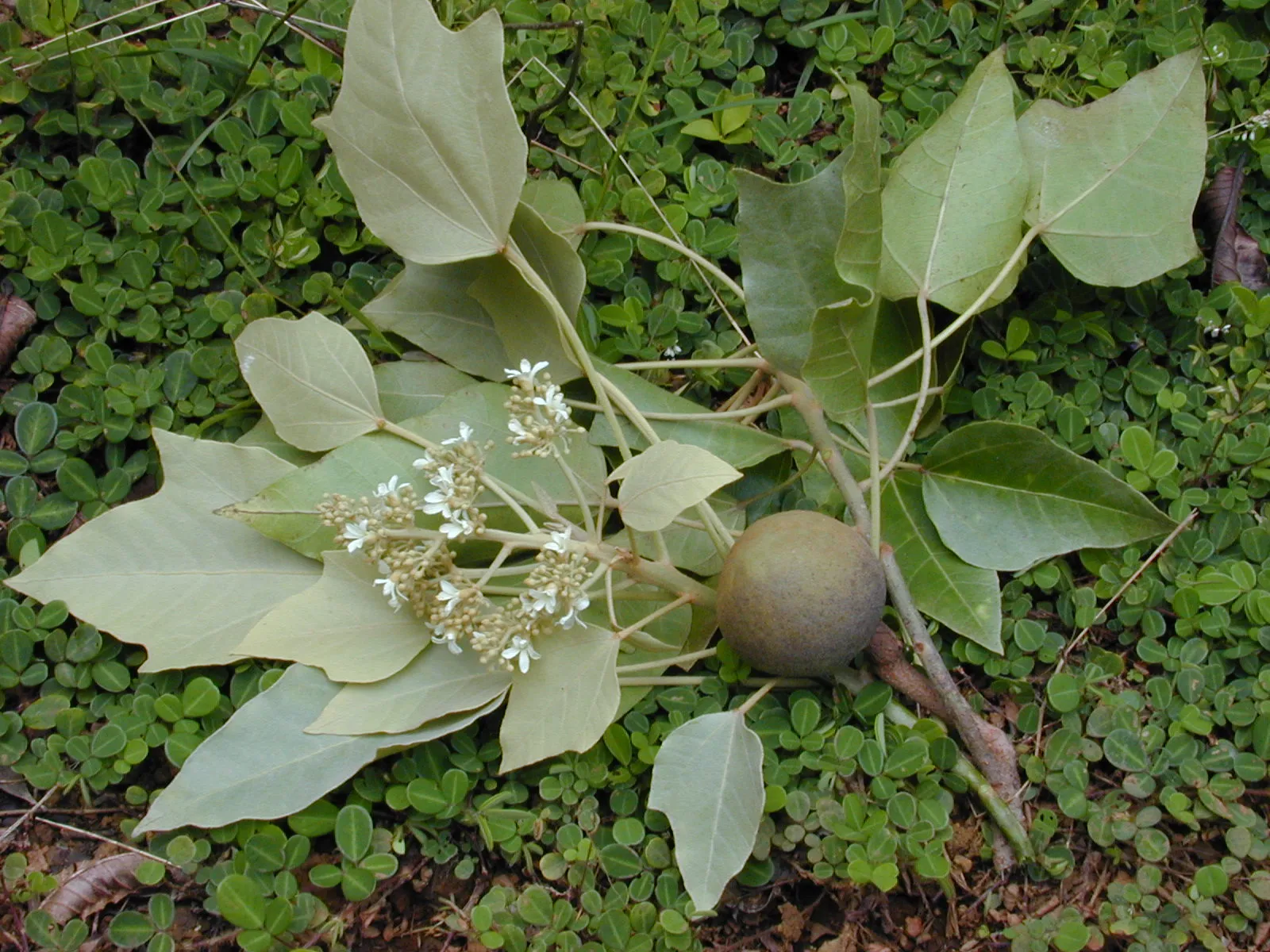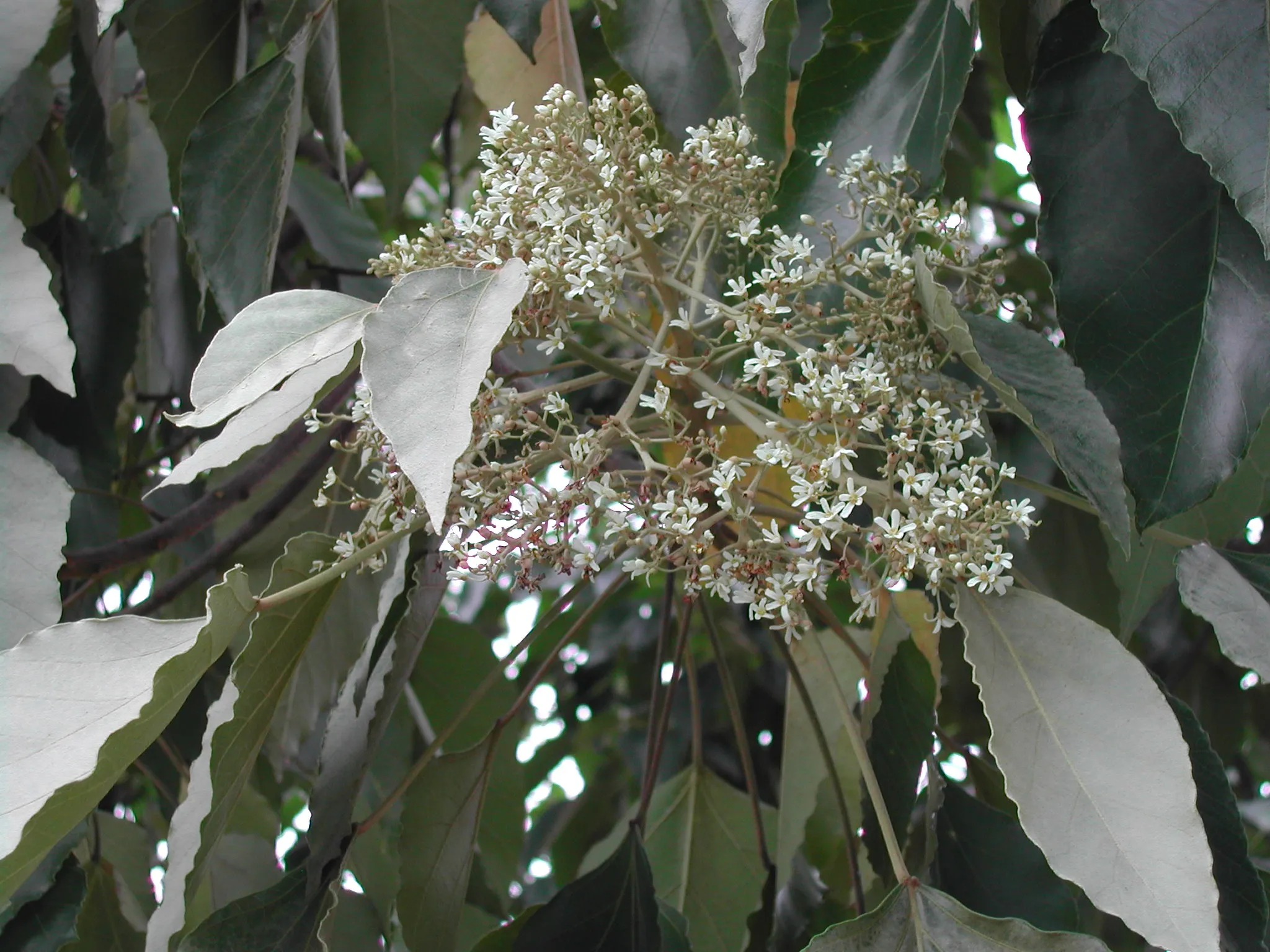Table of Contents
When people search for the Hawaii state tree, they often expect a plant with deep cultural importance, ecological value, and centuries of Hawaiian heritage woven into its roots. The kukui nut tree, also known as the candlenut tree (Aleurites moluccanus), is exactly that—an iconic symbol of light, knowledge, resilience, and aloha. From its shimmering silvery leaves to its practical uses in Hawaiian society, the kukui embodies the essence of the islands.
Designated as the official state tree of Hawaiʻi in 1959, the kukui nut tree is far more than a botanical highlight. It stands as a reminder of ancestral wisdom, environmental harmony, and the innovative spirit of Native Hawaiians who found meaningful uses for every part of this versatile plant.
A Symbol of Light and Enlightenment
The kukui tree holds a unique cultural meaning in Hawaiian tradition. Its nuts contain an oily kernel that burns brightly, which is where the tree gets its English nickname, “candlenut tree.” Ancient Hawaiians strung the nuts together and burned them as candles or torches—each nut providing several minutes of clean-burning light. This practical use evolved into deeper symbolism: kukui became a representation of illumination, guidance, and inner wisdom.
In Hawaiian culture, kukui was also associated with Lono, the god of peace, rain, agriculture, and fertility. The tree’s glowing nuts and luminous presence further tied it to spiritual insight and protection, making kukui a plant of both physical and metaphysical importance.
How the Kukui Nut Tree Became the Hawaiʻi State Tree
When Hawaiʻi became a U.S. state in 1959, lawmakers selected a symbol that represented the heart of Hawaiian identity. Because kukui had long been cherished for its cultural legacy and practical everyday uses, it was the natural choice. Its selection elevated the tree from a cultural icon to a statewide emblem representing unity, resilience, and heritage.
Today, kukui trees can be seen throughout the Hawaiian Islands, thriving in lush valleys, forests, and even planted decoratively in neighborhoods and resorts. Their pale, silvery-green leaves catch the sunlight beautifully, making them one of the most visually distinctive trees in the Hawaiian landscape.

Traditional Uses: A Tree of Countless Purposes
One of the reasons kukui became the Hawaii state tree is the wide range of practical uses it provided to Native Hawaiians. This tree was—and still is—a vital resource.
1. Light and Fire
Kukui nuts burn cleanly and brightly. Traditionally:
- Nuts were strung on a coconut midrib to create a natural candle.
- A single burning nut could help time religious ceremonies, cooking processes, or daily tasks.
- Oil extracted from crushed nuts fueled torches and stone lamps.
2. Food and Flavoring
While raw kukui nuts are not eaten due to toxicity, roasted nuts (known as inamona) are used to:
- Season poke
- Add texture and richness to Hawaiian dishes
- Provide a slightly smoky, nutty flavor
In modern Hawaiian cuisine, inamona remains a cherished traditional ingredient.
3. Medicine and Healing
The kukui tree played an important role in laʻau lapaʻau, Hawaiian herbal medicine:
- Oil soothed sunburns, rashes, and chapped skin
- Sap treated fungal infections
- Leaves were used in poultices for swelling or inflammation
Its healing properties are still valued today and appear in many Hawaiian skincare products.
4. Canoes, Fishing & Crafts
Different parts of the kukui tree served countless everyday uses:
- The wood was used for small canoe parts.
- The blackened soot of the nuts became traditional tattoo dye and canoe paint.
- The shells of the nuts are still used to create kukui nut lei, a symbol of respect, enlightenment, and honor.
Environmental Importance of the Kukui Tree
Beyond culture and history, the kukui tree is ecologically valuable. Its large leaves create dense shade, helping stabilize soil and prevent erosion on steep Hawaiian hillsides. The tree’s hardiness allows it to thrive even in rugged environments, protecting watersheds and supporting native ecosystems.
This environmental role reinforces kukui’s status as the Hawaii state tree, representing sustainability and harmony between people and nature.

Where Visitors Can See the Kukui Tree Today
Travelers across the islands can find kukui trees in:
- ʻĪao Valley, Maui – especially along the walking paths and streamside trails
- Nuʻuanu Valley, Oʻahu – where lush kukui forests cover the slopes
- Wailua River Valley, Kauaʻi – home to large natural groves
- Hiking trails across the Big Island – especially in wet forest environments
Many resorts and botanical gardens also feature kukui due to its beauty and cultural significance.
Helpful Links
Frequently Asked Questions
1. What is the Hawaii state tree?
The Hawaiʻi state tree is the kukui nut tree, designated in 1959 for its cultural, historical, and environmental importance.
2. Why was the kukui tree chosen as the state tree?
It was selected because Native Hawaiians used it for light, medicine, food preparation, fishing tools, and spiritual practices—making it one of the most significant plants in Hawaiian culture.
3. What does the kukui tree symbolize in Hawaiian culture?
Kukui symbolizes knowledge, protection, enlightenment, and peace, tied to the god Lono and the glow of its naturally burning nuts.
4. Can you eat kukui nuts?
Raw kukui nuts are toxic, but roasted kukui (inamona) is safe and traditionally used to season Hawaiian dishes like poke.
5. Where can I see the Hawaii state tree in person?
You can see kukui trees in valleys, rainforests, botanical gardens, and scenic areas across Maui, Oʻahu, Kauaʻi, and the Big Island.
If you would like to read and learn more about interesting things in Hawaii! Check out our blog page here on our website!
or
